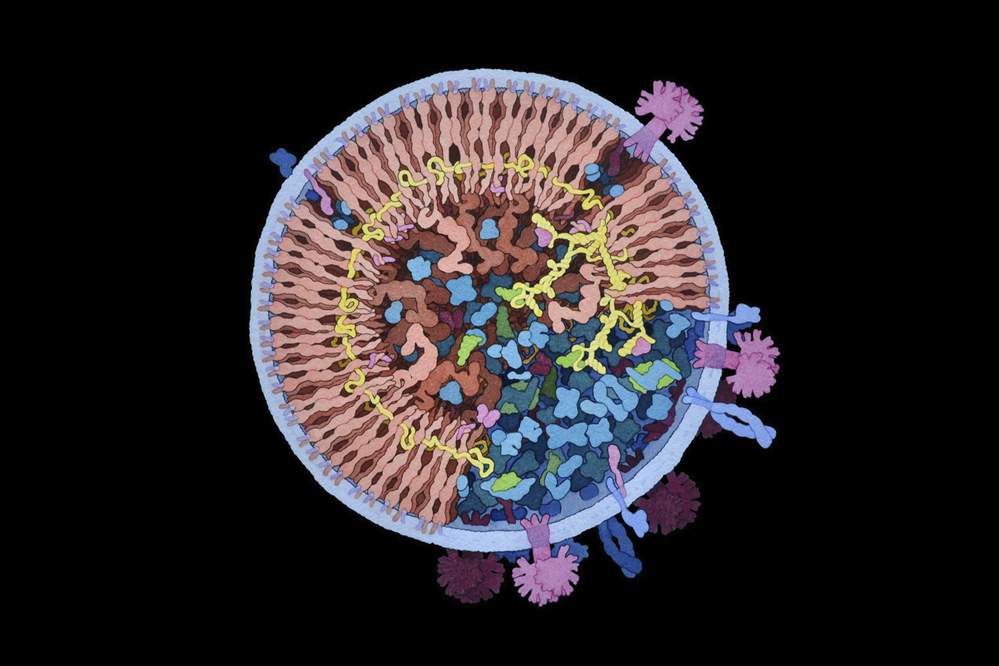How canary releases enable continuous deployment
The deployment paradigm of development, testing, production, and disaster recovery from the pre-cloud, pre-microservices days still lingers in my mind. In those days, buying, configuring, and maintaining infrastructure was expensive and complex, so you were unlikely to get the data center ops team to sign off on creating more environments and deployment flexibilities. By today’s standards, deployment frequencies were low, so agile development teams found ways to make do with the available infrastructure.Today, devops organizations use CI/CD (continuous integration and continuous delivery) to automate delivery, Infrastructure as Code to configure infrastructure, Kubernetes to containerize environments, continuous testing to improve quality, and AIops to centralize monitoring and observability alerts. These practices make it possible to increase deployment frequency while minimizing security, performance, and reliability risks from the changes.To read this article in full, please click here

The deployment paradigm of development, testing, production, and disaster recovery from the pre-cloud, pre-microservices days still lingers in my mind. In those days, buying, configuring, and maintaining infrastructure was expensive and complex, so you were unlikely to get the data center ops team to sign off on creating more environments and deployment flexibilities. By today’s standards, deployment frequencies were low, so agile development teams found ways to make do with the available infrastructure.
Today, devops organizations use CI/CD (continuous integration and continuous delivery) to automate delivery, Infrastructure as Code to configure infrastructure, Kubernetes to containerize environments, continuous testing to improve quality, and AIops to centralize monitoring and observability alerts. These practices make it possible to increase deployment frequency while minimizing security, performance, and reliability risks from the changes.





































